From rats to laps: cat domestication and the role of the farm

Despite being a beloved pet around the world, cats are strong-willed and independent, retaining many characteristics of the wildcats they descend from. So how did they transition from ferocious wild animals to an everyday part of domestic life? And how was the farm crucial to this evolution? What was the role of a cat’s diet and feeding preferences? Sheathe your claws and join us on a journey into feline history.
Origins in Neolithic China: An Alliance of Convenience
There is limited archaeological evidence for the first harmonic relationships between humans and cats. The earliest known instance of human-feline companionship dates to 9500 years ago in Cyprus, where a cat was found buried with a human at Shillourokambos.[i]
Yet for the first evidence suggesting why humans and cats co-existed, we must jump forward a few thousand years to Ancient China. Archaeological records suggest that wild cats, such as leopard cats, were attracted to farmsteads – particularly grain stores – due to the high concentration of pesky (but delicious) rodents to feed on. One study focused on the Chinese village of Quanhucun, working with remains over 5,000 years old. This settlement had a serious rodent issue, as demonstrated by burrows found in grain storage pits and the anti-rodent designs of their ceramic grain vessels.[ii]
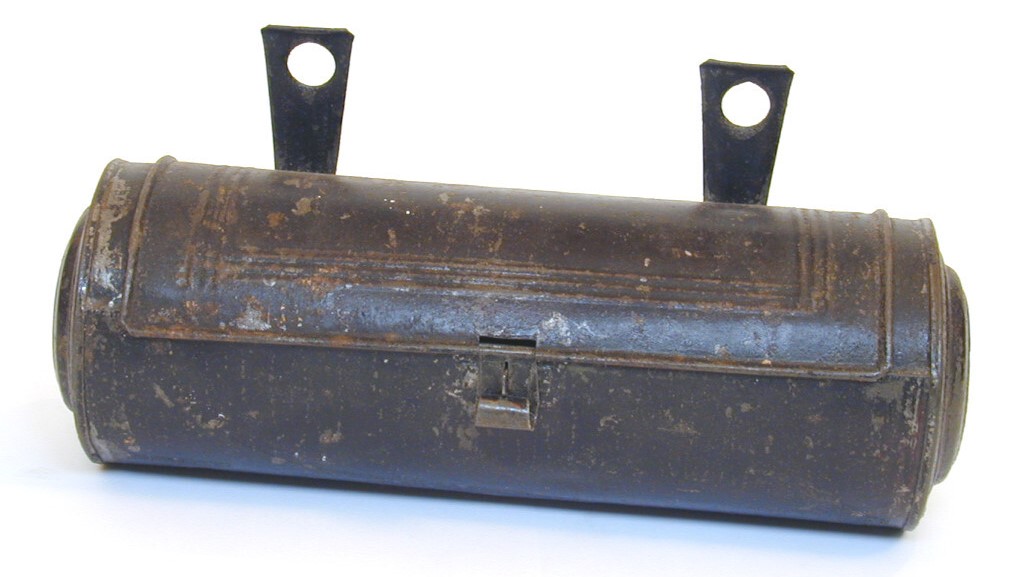
The cats were on hand to help! By analysing feline bones, the study found evidence that cats had been eating animals which themselves ate farmed millet, a staple grain in the diet of villagers there. There is nothing to suggest that the human inhabitants of such villages orchestrated the relationship; it was simply beneficial to both parties. One cat seemed to have been confused about its mission though, with isotopic data showing it ate more grain than meat! It’s possible that this cat was older and unable to hunt, and so was fed leftovers by the village inhabitants.[iii]
Domestication in Ancient Egypt
This mutually beneficial or ‘commensal’ relationship persisted for centuries, or even millennia. However, it is a widely held belief that cats were not fully domesticated until the rise of Ancient Egypt. This theory is supported by research carried out by a team of paleogeneticists in 2017, who confirmed that all domestic cats are descended from the African wildcat. It has, however, also been speculated that the practice of keeping cats as companions was imported into Egypt from further east, and was then transferred into the Mediterranean via Egyptian trade routes.[iv]
Cats held a revered status in Ancient Egyptian culture. Evidence for this is widespread, through both art and mummified remains. That’s right, Egyptians mummified cats just like their rulers, with some cat cemeteries containing tens of thousands of cats.[v] Many felines were bred specifically to be mummified. The remainder likely died of natural causes, as killing a cat in Ancient Egypt was punishable by death by 450BC. Herodotus also observed the sanctity of cats to the Egyptian people. For example, he related that people would prioritise a cat’s life above all else during a house fire, risking their lives to rescue their companion and forming perimeters around the fire to prevent cats from approaching.[vi]
But why were cats so important to the Egyptians? Through looking at religious depictions of cats, as well as artwork, we can see strong links to their original role of protecting the farmstead from pests. The first known artwork showing a domestic cat dates from 1950BC, in a tomb at Beni Hasan. It depicts a cat facing a rat, adopting a protective stance.[vii]
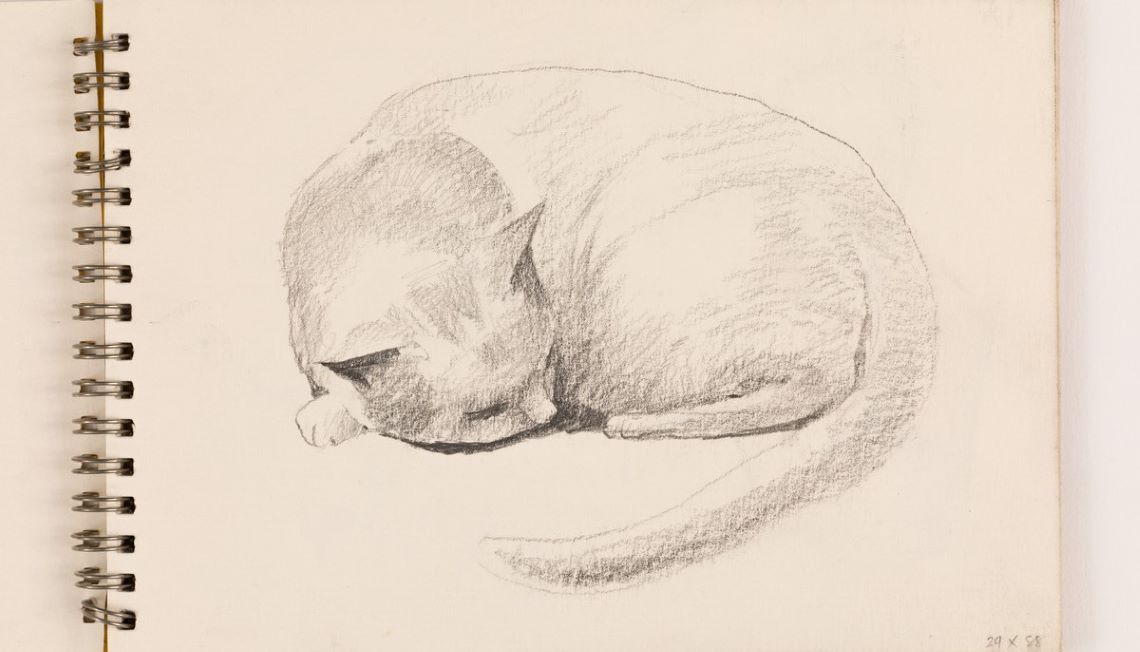
The first catlike Egyptian deity was Sekhmet, who was strongly associated with the sun, fire and heat. Yet this wasn’t just reflecting a cat’s fondness for sunbathing! Heat and fire were linked closely to the hearth and the preparation of food.[viii] This is where we begin to see the crossover between the cat as a guardian of the food supply, and the cat as a defender of the home. Madfet was another early feline deity, who best demonstrated a cat’s position as a hunter in a protective role. Her claws were specifically lethal to snakes and scorpions, which were common invaders of households.[ix]
Finally, the cat’s evolution into a fully domestic role is portrayed by Bastet, who was more gentle and peaceful. She also had strong links to fertility, and was exceptionally popular, coming to typify the Egyptian love of cats more than any other God. Her temple at Bubastis often saw crowds thousands strong, and vast numbers of statuettes depicting her have been found.[x]
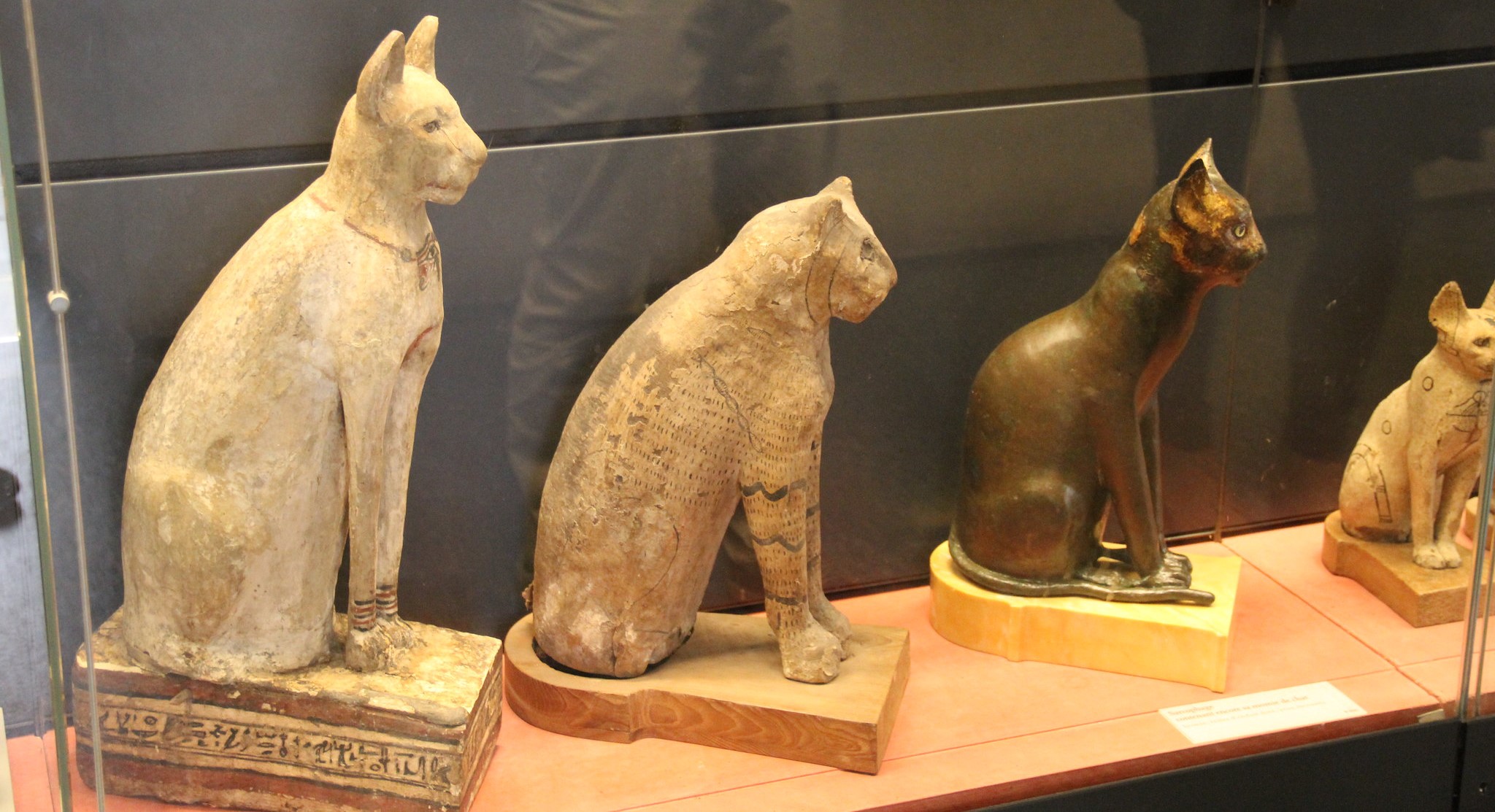
Though most prominent in Egypt, other Ancient societies were also beginning to incorporate cats into their lives. Produced by Alex Jamieson, this video provides insight into cats in Ancient Britain.
A Farmer’s Friend: The Middle Ages
Though now more integrated into Western family life, the cat retained its position as a pest controller throughout the Middle Ages, justifying its existence by feeding on rodents targeting grain stores. One prestigious bestiary, known now as the Second Family Bestiary, was written between the tenth and thirteenth centuries and described the role of cats within Western society. The cat’s physical skills as a mouse-catcher are highlighted above all else, and the entry for mice immediately follows, demonstrating the cultural and practical link between the two.[xi] For an idea of how these bestiaries look, the Aberdeen Bestiary is entirely online.
Indeed, the role of the ‘barn cat’ was well established by this stage. Though it would be considered cruel by most today, many medieval farmers would not feed their cats as an encouragement to hunt rodents. Studies undertaken into the differences between house cats and feral cats show us the logic behind this choice. It has been demonstrated that the average well-fed house cat kills 14 small animals per year, whilst an unfed feral cat will hunt 1,100 to sustain itself.[xii]
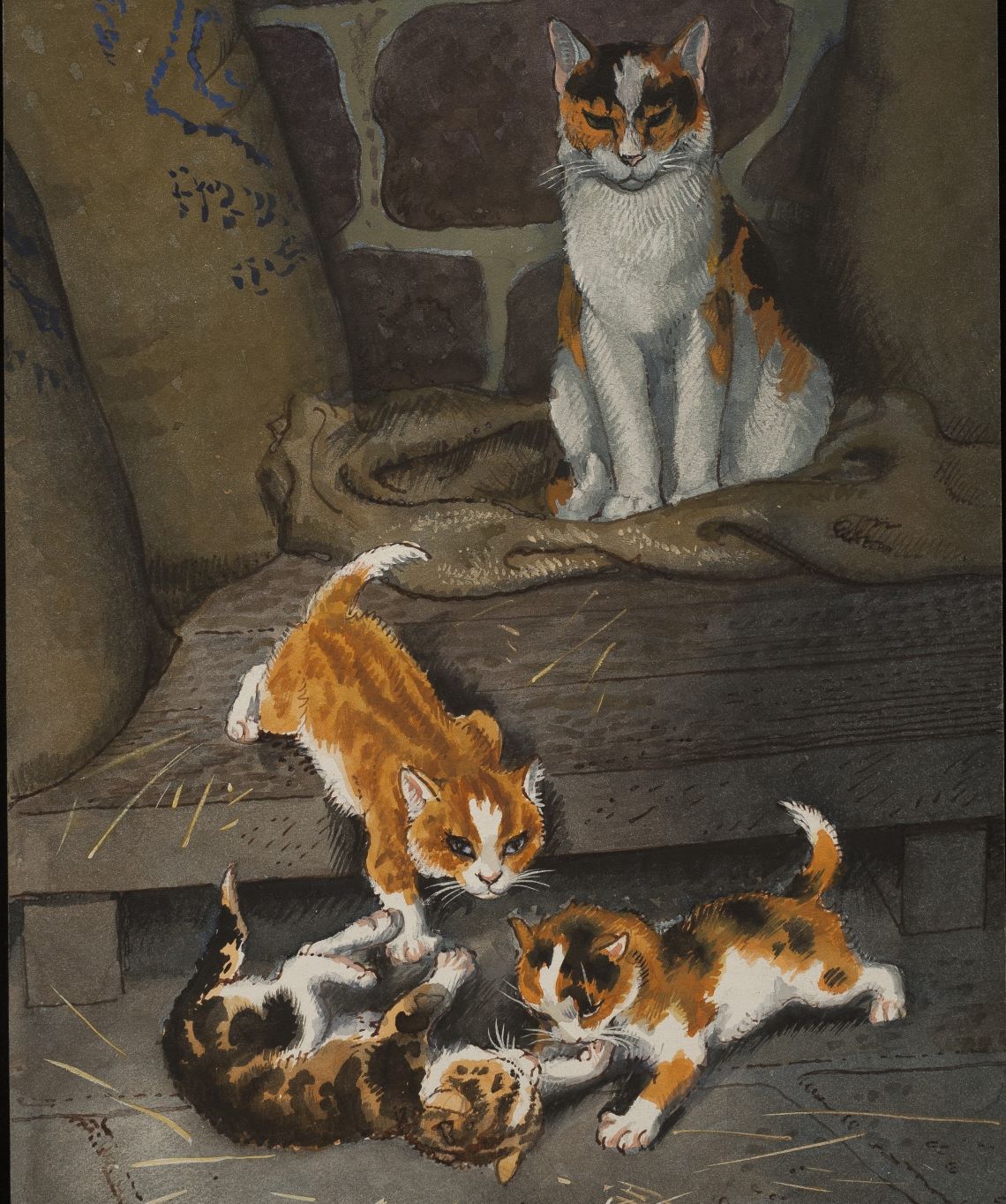
The keeping of pets for purely social and emotional reasons was typically frowned upon, possibly due to certain elements of Christian belief at the time. Yet cats seemed to bridge the divide between working animal and companion. The simple act of naming a cat suggests a relationship beyond a business-like respect for a feral cat. We see instances of this even before the medieval period, such as the ninth century poem Pangur Bán in which an Irish monk praises the rat-catching abilities of his cat, Pangur.[xiii] Once a cat had been named, it is difficult to imagine it being allowed to leave due to hunger, as many feral cats did. It seems the average medieval working person did not set out to love their cat; it just happened organically.
Geoffrey Chaucer also observed the domestic role of the cat, in a highly relatable manner! In Summoner’s Tale, Friar John arrives at the house of a sick man and immediately seeks out the most comfortable seat. Once he had identified it:
“And fro the bench he droof awey the cat,
And leyde adoun his potente and his hat”[xiv]
It seems a cat’s reputation for hogging the comfiest chair in the house is not a new phenomenon. Whether Friar John was clawed in revenge is unknown.
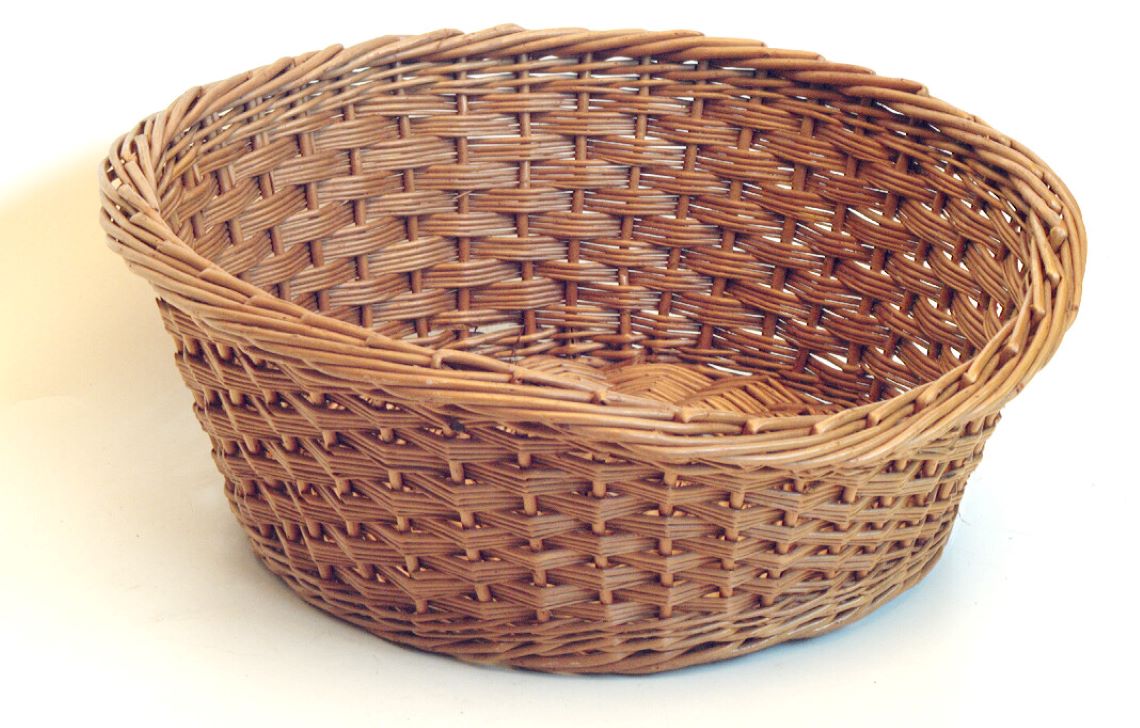
The Modern Barn Cat
Nowadays, the most common relationship between human and cat is domestic rather than agricultural. However, concept of the barn cat is one that is still strongly embedded within farming life today. ‘Barn cat’ is now often used as a more general term for a cat which has not been socialised and so would find it difficult to settle into a typical home. Cat shelters often have different conditions for the adoption of these cats, such as the provision of a wide, open property in which to roam. However, it is essential that owners feed these cats, and don’t rely on their hunting instincts to survive.[xv]
The presence of the barn cat is felt all around the world. In a survey undertaken in rural Wisconsin, USA, 78% of respondents had kept cats over the past 12 months, with the average number of cats sitting at an impressive 7.6. Those who kept cats as predators typically had more cats than those who kept them as pets, suggesting that barn cats typically form their own communities when separated from human contact.[xvi]
As one might expect, there are modern alternatives to dealing with rodents, though all come with their own issues. Drainage pipes can be fitted with grilles and mesh, though this can be expensive and time consuming to implement. Rodenticides are also an option, but training is required to deploy them, and prosecution is a possible sanction for their incorrect use.[xvii] For many, the humble barn cat is still the most efficient and convenient option.
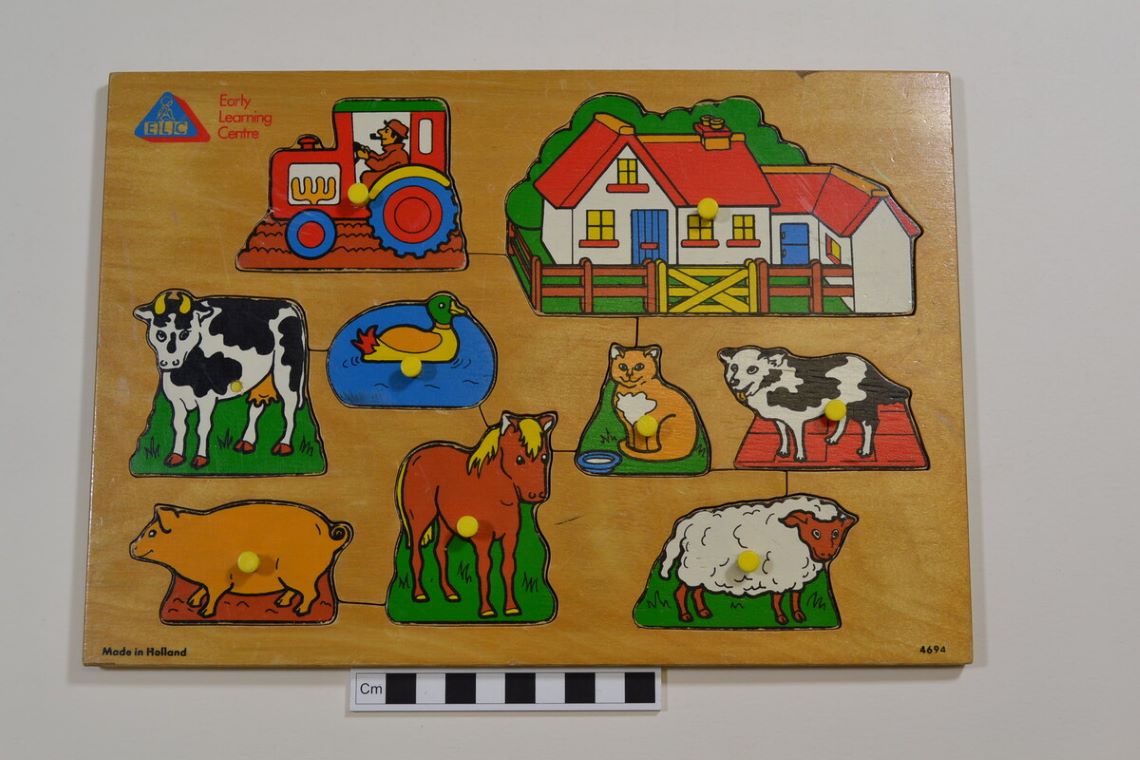
Cats and milk: a myth born on the farm
The idea of a cat peacefully drinking from a saucer of milk is one that is well embedded into British culture. However, we now know that adult cats are lactose intolerant, and can become unwell if too much milk is consumed. Water is a much healthier drink for any pet feline.[xviii] So where does this stereotype come from?
Our initial thought was that it must have been popularised by some early form of media – perhaps a film or series of picture books. But instead, the place of milk in a cat’s diet derives from much earlier than this, and ties directly into their history on the farm. When cats drink milk, they’re not after calcium or any of the nutrients that we humans enjoy. They actually have a taste for the high protein and fat content of cream, and fat content is never higher than when the milk is fresh from the cow.[xix] Therefore, it seems likely that farm cats – with or without permission – would eagerly drink fresh milk, or at least lap the cream off the top. This seems to have developed into the myth that cats love milk; in fact, most supermarket milk is very low in fat and so cats would only slightly prefer it to water. Though as we mentioned, water is much more compatible with their digestive system.
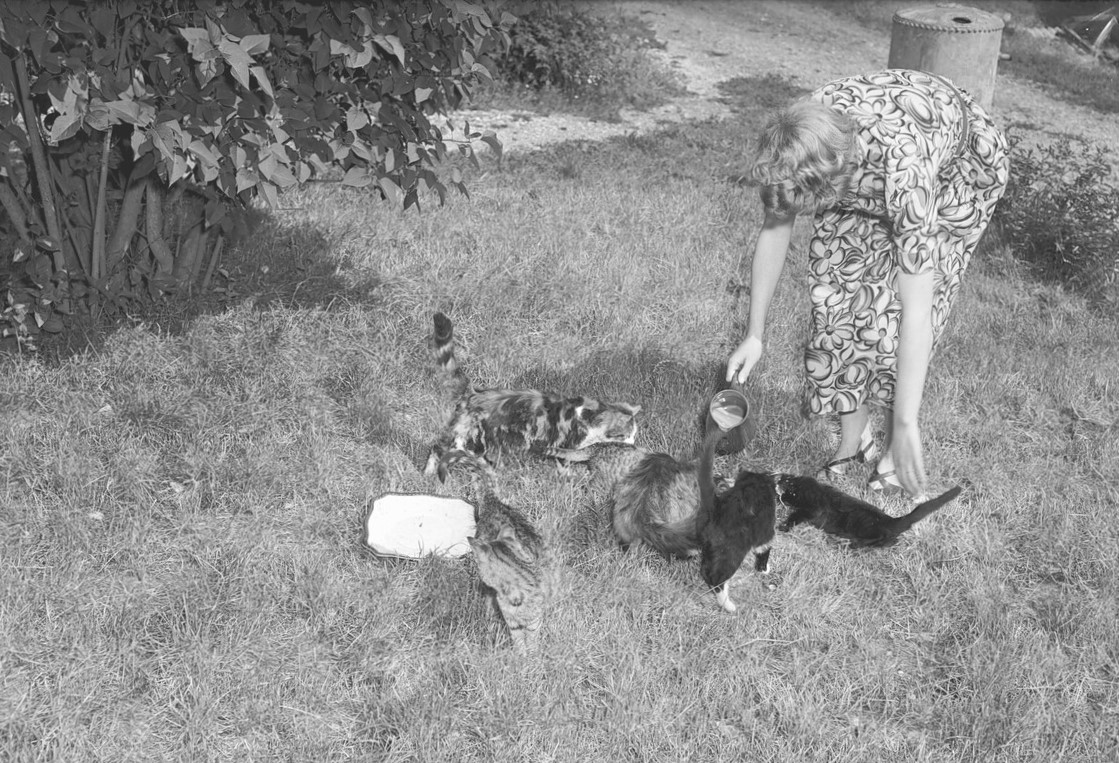
Why do cats enjoy fish?
Despite a cat’s natural aversion to water, they are also associated with eating fish; in fact, fish forms a key part of the pet cat’s diet. So how did this taste for tuna and salivation for salmon come about? Whilst the answer does not come from the rural sphere this time, it does tie into the cat’s transition from fierce hunter to domestic moggy. Fish formed a crucial part of Ancient Egyptian cuisine, as the Nile was an endless source of sustenance. Therefore, when people wanted to lure a street cat into their home, fish was the bait of choice. The role of fish in a cat’s diet is once again reflected in the Egyptian fondness for statuettes. For example, the tomb of the astronomer Nakht, who died around 1470BC, depicts a cat chewing on a fish underneath a chair.[xx]
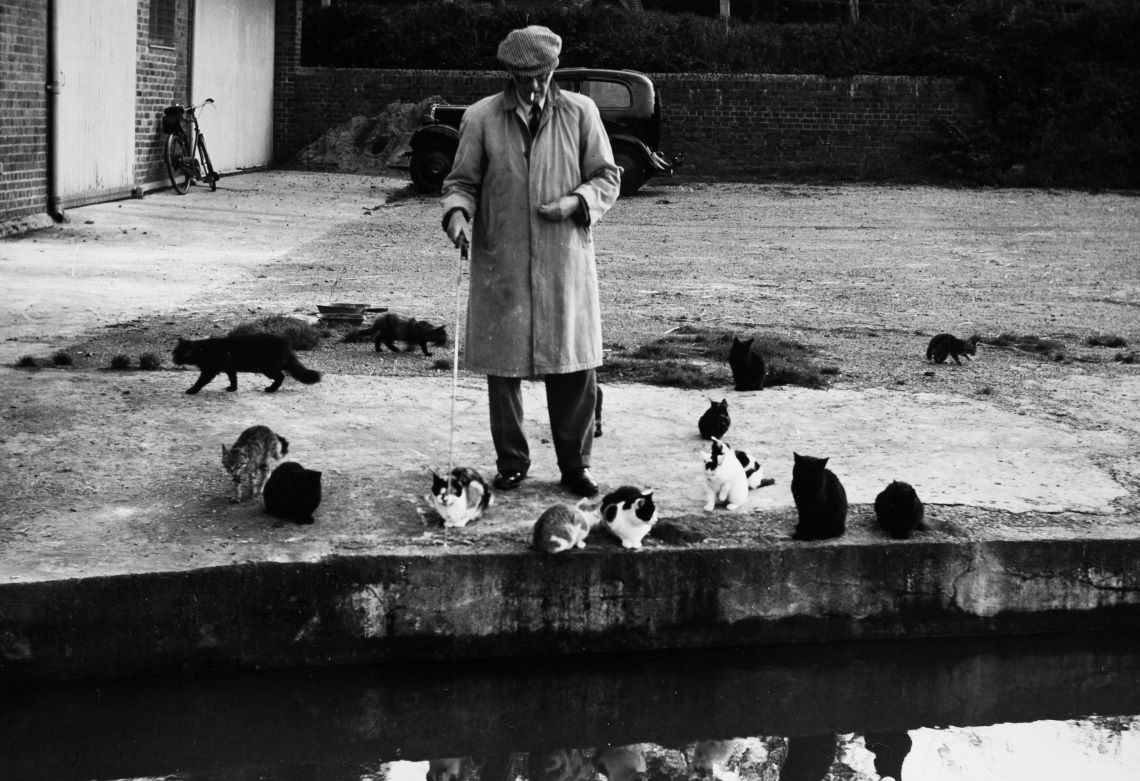
We hope you enjoyed this brief look into the past of the domestic cat and its links to rural life, as well as our musings on feline diets. Do you have a barn cat? How well would your house cat cope as an agricultural pest controller? Let us know!
Many thanks to Stuart Black, David Cooper and Blessing Chidimuro of the ‘Do Not Feed the Animals’ project for their input.
[ii] ‘Earliest evidence for commensal processes of cat domestication’ Proc Natl Acad Sci USA 111:1 (January 2014) pp. 116–120
[iii] Ibid
[viii] Ibid pp. 80
[ix] Ibid pp. 81
[x] Ibid pp. 82
[xi] Hardwick, Paul, ‘Chaucer’s Friar John and the Place of the Cat’ The Chaucer Review 52:2 (2017), pp. 238
[xii] Poole, Kristopher, ‘The Contextual Cat: Human-Animal Relations and Social Meaning in Anglo-Saxon England’ Journal of Archaeological Method and Theory 22:3 (September 2015) pp. 871
[xiii] Ibid pp. 872
[xiv] Chaucer, Geoffrey, Summoner’s Tale as cited in Hardwick, ‘Chaucer’s Friar John’ pp. 239
[xv] https://www.themoggery.org.uk/barn-cats/
[xvi] Coleman, John; Temple, Stanley, ‘Rural Residents’ Free-Ranging Domestic Cats: A Survey’ Wildlife Society Bulletin (1973-2006) 21:4 (1993) pp. 383-385
[xvii] https://www.fwi.co.uk/arable/crop-management/pests/guide-to-managing-rats-on-your-farm
[xix] Bradshaw, John, ‘Why can’t cats drink milk? Plus 6 other feline myths’ BBC Science Focus Magazine (May 2019) Accessed via https://www.sciencefocus.com/nature/why-cant-cats-drink-milk-plus-6-other-feline-myths/
